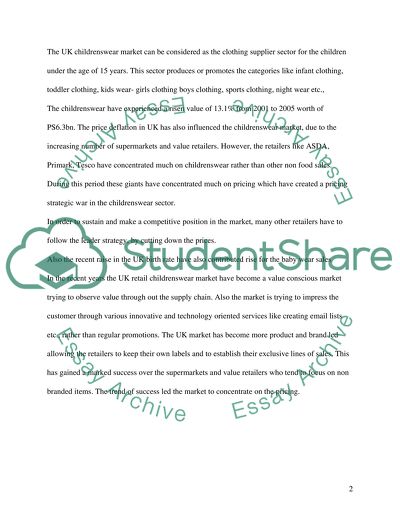Cite this document
(“UK Childrenswear Sector Essay Example | Topics and Well Written Essays - 1500 words”, n.d.)
UK Childrenswear Sector Essay Example | Topics and Well Written Essays - 1500 words. Retrieved from https://studentshare.org/miscellaneous/1529703-uk-childrenswear-sector
UK Childrenswear Sector Essay Example | Topics and Well Written Essays - 1500 words. Retrieved from https://studentshare.org/miscellaneous/1529703-uk-childrenswear-sector
(UK Childrenswear Sector Essay Example | Topics and Well Written Essays - 1500 Words)
UK Childrenswear Sector Essay Example | Topics and Well Written Essays - 1500 Words. https://studentshare.org/miscellaneous/1529703-uk-childrenswear-sector.
UK Childrenswear Sector Essay Example | Topics and Well Written Essays - 1500 Words. https://studentshare.org/miscellaneous/1529703-uk-childrenswear-sector.
“UK Childrenswear Sector Essay Example | Topics and Well Written Essays - 1500 Words”, n.d. https://studentshare.org/miscellaneous/1529703-uk-childrenswear-sector.


